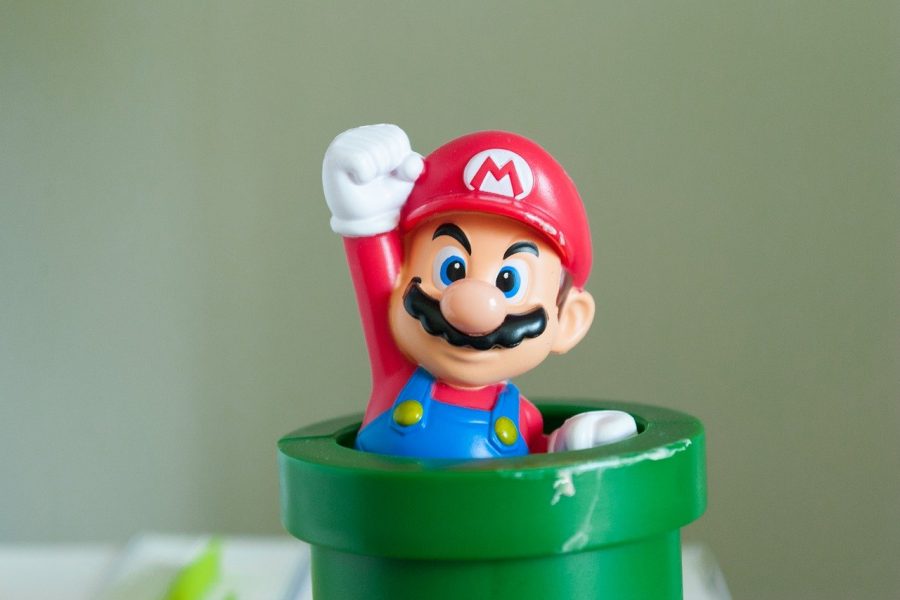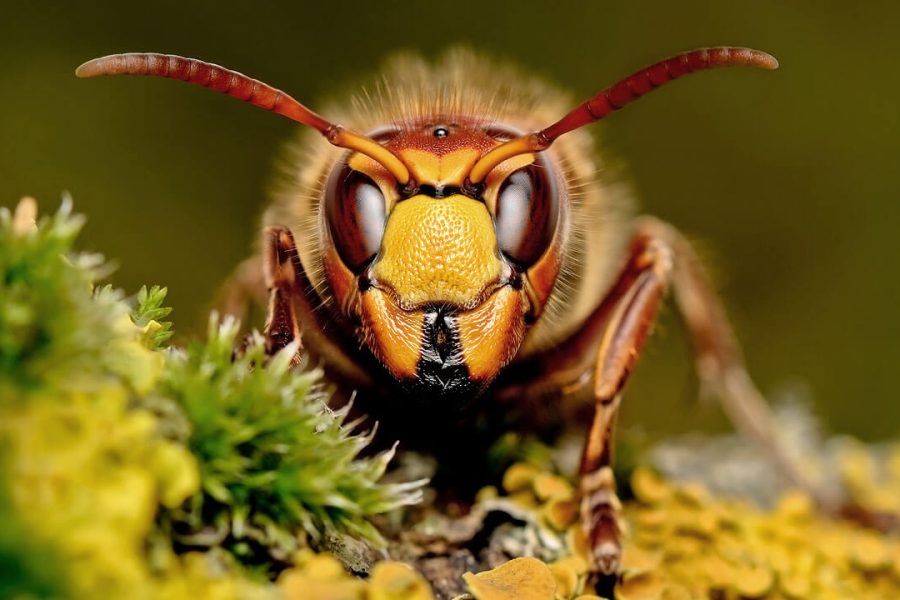
“When life gives you lemons, order lobster instead,” is a quote you’ll hear every day because lobsters have been eaten for thousands of years and they’re no less of a delicacy. Under that beautiful red exoskeleton is a crustacean so complex that scientists have yet to explain most of the things that amaze us about lobsters. The only thing we know is that they can be called bugs because they’re more closely related to spiders and lizards than they are to crabs and other large seafood. There are plenty of interesting facts about lobsters that we already know, and these are the most interesting.
They were once considered poor people's food.
Most countries now regulate the amount of lobster caught in their waters because there aren’t many of them anymore. However, until the 19th century, lobster was one of the most readily available seafoods on Earth, with piles of them reported to wash up on shore after storms. Lobsters were so plentiful that they could be caught by hand, and so there was no high price tag attached to them. They were often fed to pigs, leaving farmers and slaves as the only people who enjoyed the delicacy. Increased demand and overfishing in the 19th and 20th centuries led to lobster becoming a luxury food.
Losing limbs is not a problem
Lobsters never stop growing and if given the chance, they can grow up to a meter in length. During this period, claw lobsters can lose any of their claws several times in their lives. A lobster claw can be lost during mating fights or when fleeing from a predator. When a lobster molts, each lost claw grows back in the same shape and size, and the claw that was dominant before it was lost is restored in the same quality. Their ability to regrow everything during a molt is so amazing. It is more like a rebirth, where everything is renewed. Females also only mate after molting because that is when their bodies are soft enough to mate.
They really don't scream when they're being cooked.
The reason many people avoid cooking lobster at home is because they think it is too cruel because the crustaceans seem to scream when they are placed in the boiling pot. While it is sad to watch the poor crustaceans being boiled alive, they do not have vocal cords or even powerful gills to make a scream. The sound is often caused by air trapped under the shell escaping as the fish heats up. Lobsters can still feel pain because they claw their legs aggressively when they are placed in hot water.
They can live up to 100 years.
Unless they end up in a lobster pot, most lobsters will live to a good old age of 100 years or more. Lobsters don't have many natural predators, especially when they grow to this size. Because they never stop growing, the oldest lobsters ever caught can be three feet long and weigh up to 50 pounds. A lobster only dies when it stops molting, and there is no scientific evidence to suggest when this actually begins. Even the oldest lobsters stay in shape and continue to reproduce, which is why some people call lobsters immortal.
They are not monogamous.
“You are my lobster” is a true romantic quote because many people believe that lobsters only mate with one partner for life. This idea has been largely popularized by movies and shows like Friends, which claim that lobsters mate for life. In reality, the female seeks out the dominant male in the territory when he is ready to molt, and then seduces him by defecating near his hen. When the male accepts the courtship, the female molts and then mates for about two weeks before moving on to find a suitable place to lay her eggs. She can choose any male to mate with during the molt, and is therefore not faithful to any one partner.

The female can carry sperm for up to two years after mating.
Only two out of 50,000 baby lobsters survive to adulthood, so the mother must choose which male she mates with and, most importantly, when and where she releases her hatched eggs. A single lobster has over 10,000 eggs to hatch, and sometimes a single male may not provide all the sperm needed to fertilize her, so the female stores the sperm until she finds another suitable male. After mating, the female can carry the sperm for up to two years while waiting for the right temperature and water in which the babies can live.
Their "teeth" are on their stomach.
The lobster has an interesting eating process that involves grasping food with its dominant claw and then crushing it with its crusher. They then use their cutter to grind the food into smaller pieces, which the lobster then places in its mouth. The food is not chewed until it reaches the stomach, where an organ that looks like three sets of molars chews and crushes the food.
They are not red until they are cooked.
Like shrimp and crabs, lobsters have a special pigment called astaxanthin that absorbs the blue color of their pigments. This is why you can find yellow, brownish, or blue lobsters in the wild. There are even white lobsters that are actually albinos. When cooked, heat releases the astaxanthin from beneath the shell, giving the cooked lobster its red color.
They may be cannibals
Adult lobsters have few natural predators, with the exception of humans, of course, but that doesn't mean they're particularly friendly to their own kind. When food is scarce, lobsters can turn wild and start eating their own kind. Large ones often feed on smaller ones because they're easy to catch. Baby lobsters, which wander around feeding on phytoplankton, may also eat their siblings.
Their blood is not red
Some people think that the creamy green substance inside a lobster is its coagulated blood, but it is not. The substance is almost all of the lobster's insides, including the liver, pancreas, and intestines, all rolled into one. However, lobster blood is not red. It is usually a clear liquid that turns into a white-gray paste when the lobster is cooked.













Оставить Комментарий